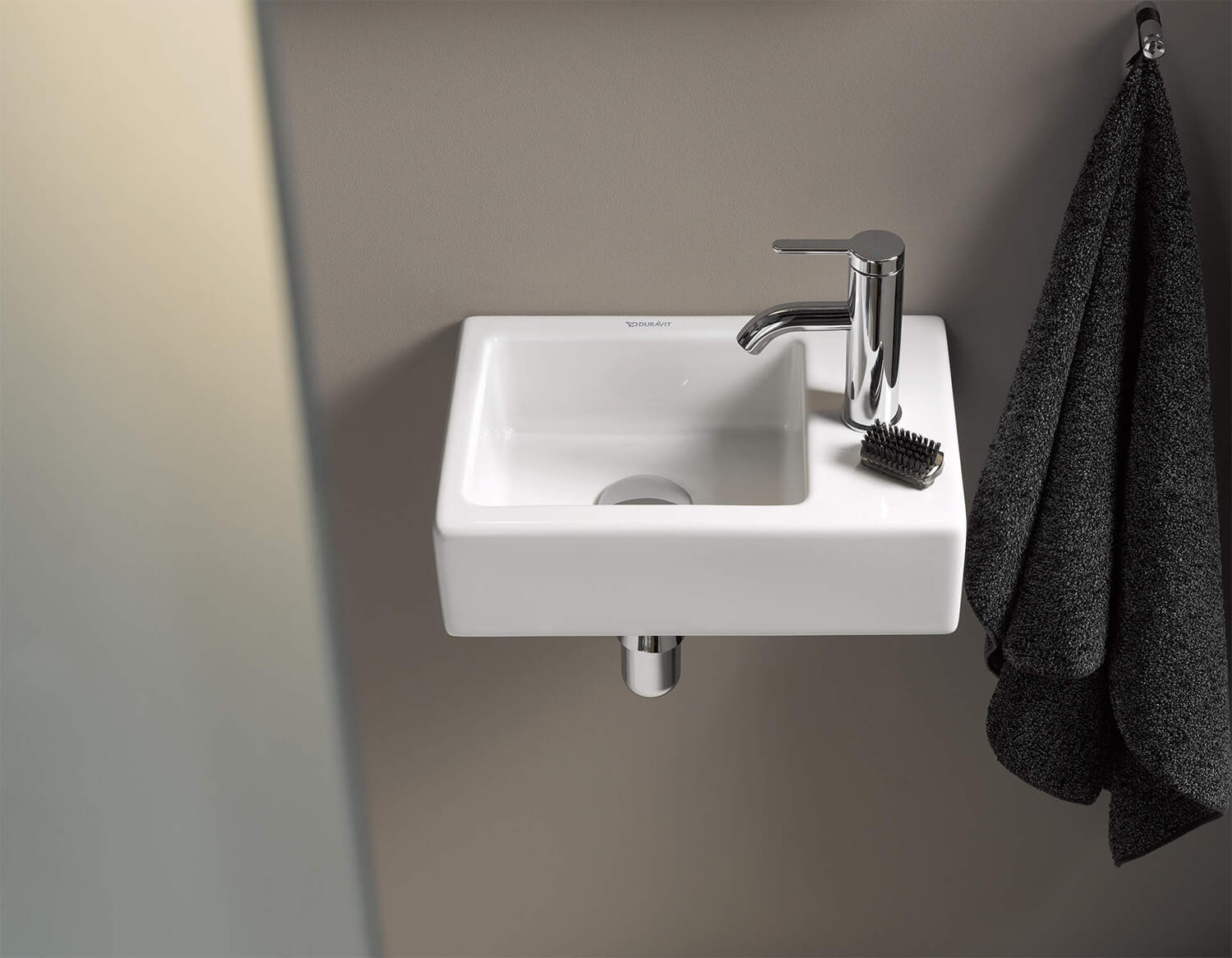How to Fix a Leaky Kitchen Sink
A leaky kitchen sink is not only a nuisance but can also lead to costly water damage if left unattended. The good news is that fixing a leaky kitchen sink is a relatively simple task that most homeowners can do themselves.
To fix a leaky kitchen sink, start by turning off the water supply to the sink. This can usually be done by turning the shut-off valves under the sink clockwise. Next, place a bucket under the sink to catch any water that may drip out.
Inspect the sink for any visible signs of leakage, such as loose or damaged pipes. If you find any, tighten or replace them accordingly. If the leak is coming from the faucet, you may need to replace the O-ring or washer.
Once you have fixed the source of the leak, turn the water supply back on and test the sink to ensure that the leak has been resolved. If the leak persists, it may be best to call a professional plumber for further assistance.
How to Unclog a Kitchen Sink
A clogged kitchen sink can be a frustrating problem, but it can usually be resolved with a few simple steps. The first thing to try is using a plunger to dislodge the clog. Place the plunger over the drain and push and pull vigorously to create suction. This may take a few attempts before the clog is cleared.
If the plunger does not work, try using a drain snake to physically remove the clog. Insert the snake into the drain and twist it to catch any debris. Once you have removed the clog, run hot water down the drain to ensure it is fully cleared.
If these methods do not work, you may need to use a chemical drain cleaner. Be sure to follow the instructions carefully, and use caution when handling these products. If all else fails, it may be necessary to call a plumber for professional assistance.
How to Install a Kitchen Sink
If you are looking to upgrade your kitchen sink, or if your current sink is damaged beyond repair, you may need to install a new one. While this may seem like a daunting task, it can be done by following a few simple steps.
Start by turning off the water supply to the sink and disconnecting the plumbing connections. Next, remove the old sink and clean the area where the new sink will be installed. Then, carefully place the new sink into position and secure it with mounting brackets.
Finally, reattach the plumbing connections and turn the water supply back on. Be sure to check for any leaks and make any necessary adjustments. If you are not comfortable with installing a sink yourself, it is best to hire a professional to ensure it is done correctly.
How to Clean a Kitchen Sink
A clean kitchen sink not only looks better, but it also helps prevent the spread of bacteria and keeps foul odors at bay. To clean your kitchen sink, start by removing any debris or food particles from the drain and disposal.
Next, use a non-abrasive cleaner and a soft sponge or cloth to clean the sink basin. For tougher stains, you can make a paste using baking soda and water and scrub the sink with a soft-bristled brush. Rinse the sink thoroughly with hot water and dry with a clean cloth.
For a deeper clean, you can also use a mixture of equal parts white vinegar and water to disinfect the sink. Simply spray the solution onto the sink and let it sit for a few minutes before wiping clean.
How to Replace a Kitchen Sink
If your kitchen sink is beyond repair or if you simply want to upgrade to a new style, you may need to replace it altogether. This is a more involved task than installing a new sink, but it can still be done by following a few steps.
Start by turning off the water supply and disconnecting the plumbing connections. Then, remove the old sink and clean the area where the new sink will be installed. Next, carefully place the new sink into position and secure it with mounting brackets.
Finally, reattach the plumbing connections and turn the water supply back on. Be sure to check for any leaks and make any necessary adjustments. It may also be beneficial to have a professional plumber assist with this task to ensure it is done correctly.
How to Maintain a Kitchen Sink
Proper maintenance is key to keeping your kitchen sink in good working condition for years to come. One of the easiest ways to maintain your sink is by regularly cleaning it with a mild cleaner and warm water.
It is also important to avoid putting any harsh chemicals or abrasive materials down the sink, as these can cause damage and corrosion. Additionally, be sure to address any leaks or clogs promptly to prevent further damage.
To keep your sink looking its best, it is also recommended to wipe it down after each use and avoid leaving dirty dishes or standing water in the sink for extended periods of time.
How to Upgrade Your Kitchen Sink
If you are looking to give your kitchen a fresh new look, upgrading your kitchen sink is a great place to start. There are many different sink styles and materials to choose from, so be sure to do your research and find one that fits your needs and budget.
Consider the size and layout of your kitchen, as well as your personal style, when making your selection. Additionally, upgrading to a larger sink or one with extra features, such as a built-in drying rack, can also make a big difference in the functionality of your kitchen.
How to Choose the Right Kitchen Sink
Choosing the right kitchen sink for your home can be overwhelming with the many options available. To make the decision easier, start by considering the size and layout of your kitchen, as well as your budget.
Next, think about the material you want for your sink. Stainless steel is a popular and durable choice, while porcelain and composite materials offer a more elegant look. You should also consider the number of bowls and any additional features, such as a built-in soap dispenser or garbage disposal.
Ultimately, the right kitchen sink for you will depend on your personal preferences and needs, so take the time to research and compare options before making a decision.
How to Organize Your Kitchen Sink
A well-organized kitchen sink can make a big difference in the functionality of your kitchen. Start by decluttering the area and removing any unnecessary items. Then, consider investing in a sink caddy or organizer to keep your dish soap, sponges, and other cleaning supplies within reach.
You can also use drawer organizers or trays to keep your utensils and silverware neat and tidy. And don't forget to regularly clean out and organize under the sink, where cleaning supplies and other kitchen items tend to accumulate.
How to Troubleshoot Common Kitchen Sink Problems
Despite our best efforts, kitchen sink problems can still arise. One of the most common issues is a clogged sink, which can usually be resolved using a plunger or drain snake as mentioned earlier.
Another common problem is a leaky faucet, which can often be fixed by replacing the O-ring or washer. Low water pressure, strange noises, and foul odors coming from the sink are also common issues that may require further investigation and possibly professional assistance.
By knowing how to troubleshoot these common problems, you can save yourself time and money in the long run. However, if you are unsure of how to handle a particular issue, it is always best to seek professional help.
The Importance of a Working Kitchen Sink in House Design

Creating a Functional and Efficient Kitchen Space
 When it comes to designing your dream house, the kitchen is often considered the heart of the home. It is where meals are prepared, family gatherings take place, and memories are made. A vital component of a functional kitchen is a working
kitchen sink
. Not only does it add to the overall design and aesthetic of the space, but it also serves a practical purpose in everyday tasks.
When it comes to designing your dream house, the kitchen is often considered the heart of the home. It is where meals are prepared, family gatherings take place, and memories are made. A vital component of a functional kitchen is a working
kitchen sink
. Not only does it add to the overall design and aesthetic of the space, but it also serves a practical purpose in everyday tasks.
Easy and Convenient Meal Preparation
 A working
kitchen sink
makes meal preparation a breeze. From washing fruits and vegetables to cleaning dishes and utensils, having a functional sink at your disposal can save you time and effort. It allows for easy access to water and a convenient place to wash and rinse ingredients, making cooking and meal prep more efficient.
A working
kitchen sink
makes meal preparation a breeze. From washing fruits and vegetables to cleaning dishes and utensils, having a functional sink at your disposal can save you time and effort. It allows for easy access to water and a convenient place to wash and rinse ingredients, making cooking and meal prep more efficient.
Improving Hygiene and Sanitation
 A
working kitchen sink
is essential for maintaining a clean and hygienic kitchen space. It provides a designated area for washing hands, which is crucial for preventing the spread of germs and bacteria in the home. A functioning sink also makes it easier to clean up after cooking, reducing the risk of cross-contamination and promoting a healthier living environment.
A
working kitchen sink
is essential for maintaining a clean and hygienic kitchen space. It provides a designated area for washing hands, which is crucial for preventing the spread of germs and bacteria in the home. A functioning sink also makes it easier to clean up after cooking, reducing the risk of cross-contamination and promoting a healthier living environment.
Adding to the Overall Design and Aesthetic
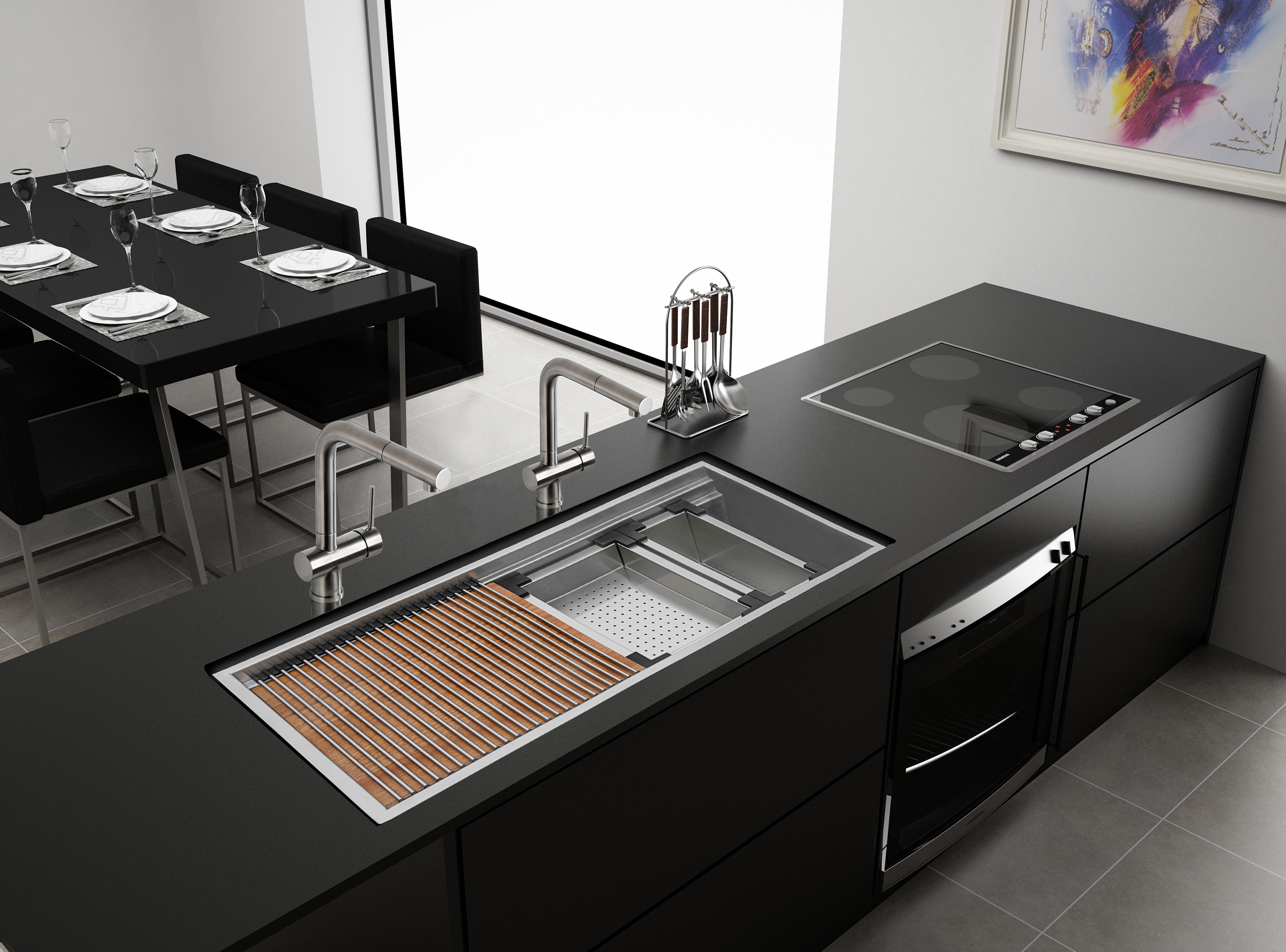 Aside from its practical uses, a kitchen sink can also enhance the overall design and aesthetic of your kitchen. With a variety of styles, materials, and finishes to choose from, it can add a touch of personality and character to your space. From farmhouse sinks to sleek stainless steel options, the possibilities are endless when it comes to incorporating a
kitchen sink
into your house design.
Aside from its practical uses, a kitchen sink can also enhance the overall design and aesthetic of your kitchen. With a variety of styles, materials, and finishes to choose from, it can add a touch of personality and character to your space. From farmhouse sinks to sleek stainless steel options, the possibilities are endless when it comes to incorporating a
kitchen sink
into your house design.
Conclusion
 In conclusion, a working
kitchen sink
is an essential element in house design. It not only adds to the functionality of the space but also improves hygiene, convenience, and overall aesthetics. When designing your dream kitchen, be sure to prioritize a functional and efficient sink to ensure a well-rounded and enjoyable cooking experience.
In conclusion, a working
kitchen sink
is an essential element in house design. It not only adds to the functionality of the space but also improves hygiene, convenience, and overall aesthetics. When designing your dream kitchen, be sure to prioritize a functional and efficient sink to ensure a well-rounded and enjoyable cooking experience.




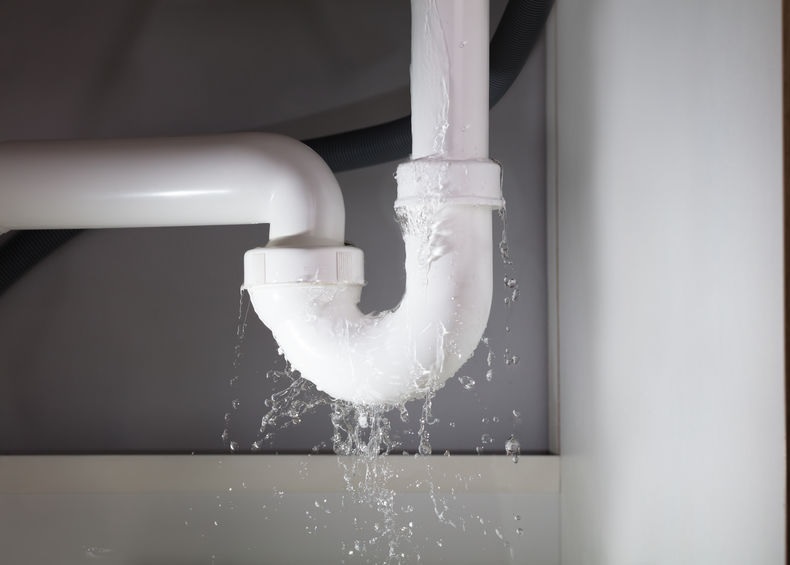





/plumber-unclogging-kitchen-sink-169270382-5797a9355f9b58461f27f024.jpg)


/how-to-unclog-a-kitchen-sink-2718799_sketch_FINAL-8c5caa805a69493ab22dfb537c72a1b7.png)



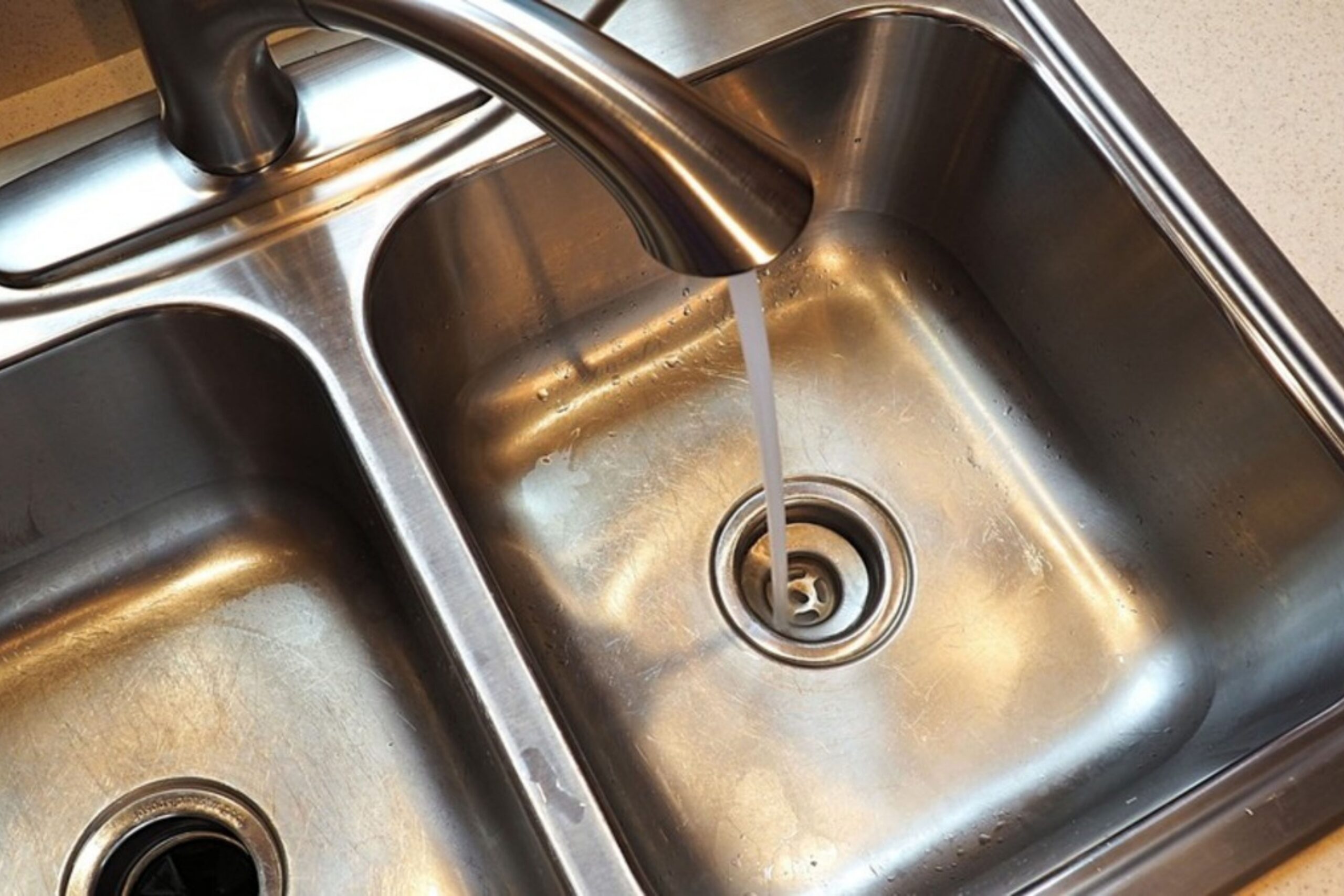
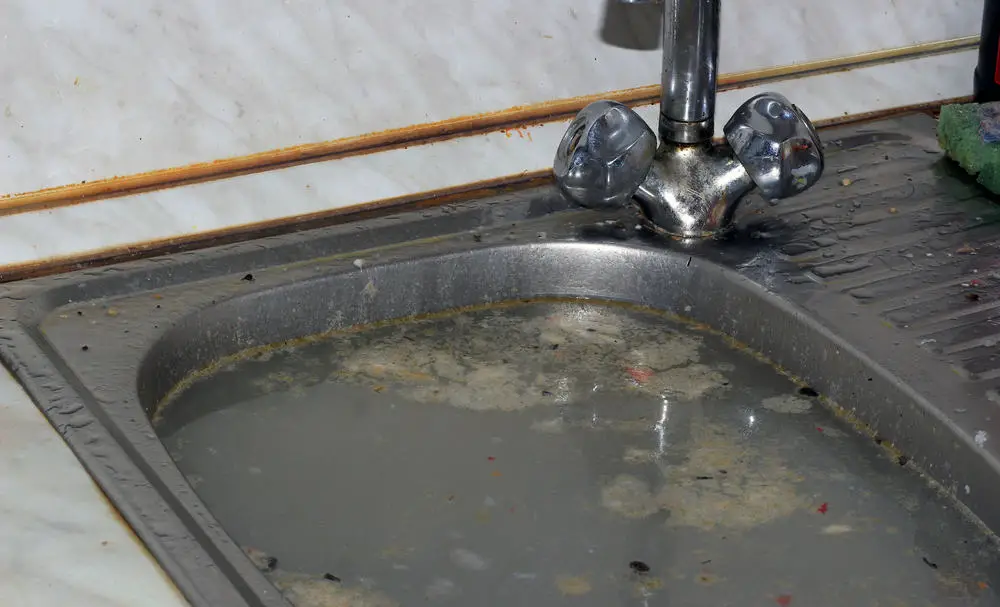

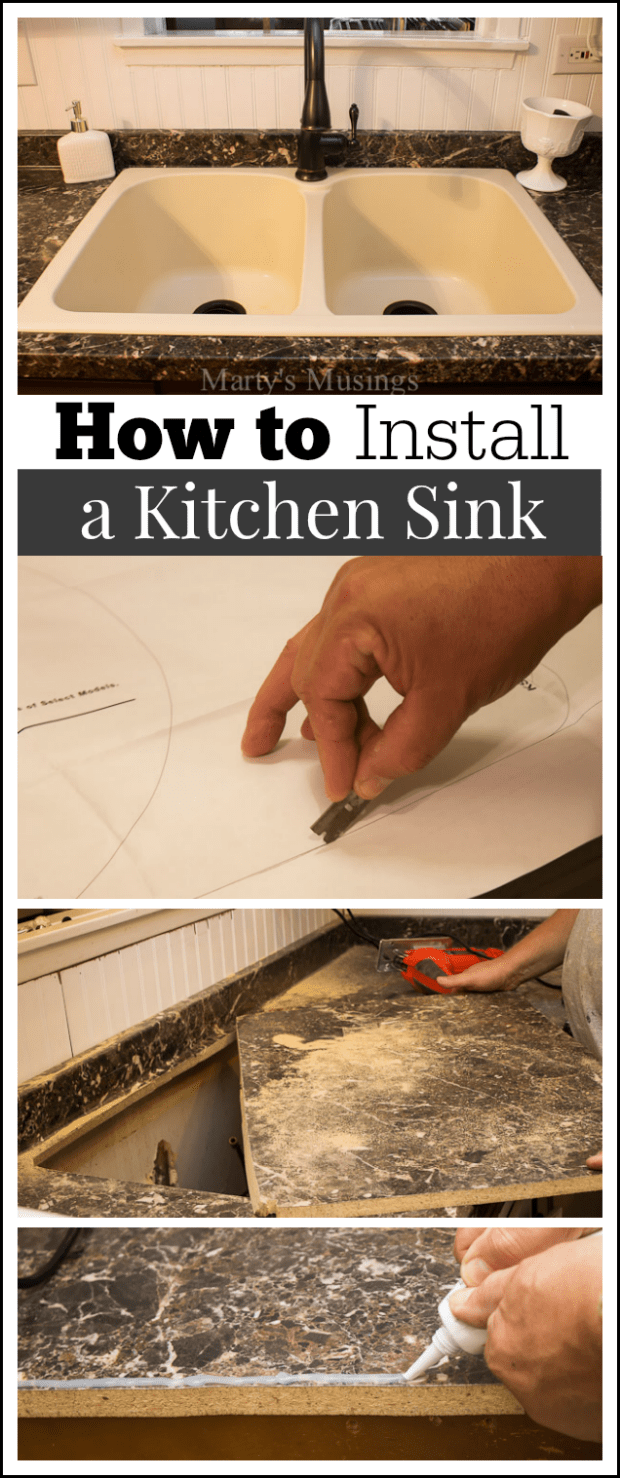

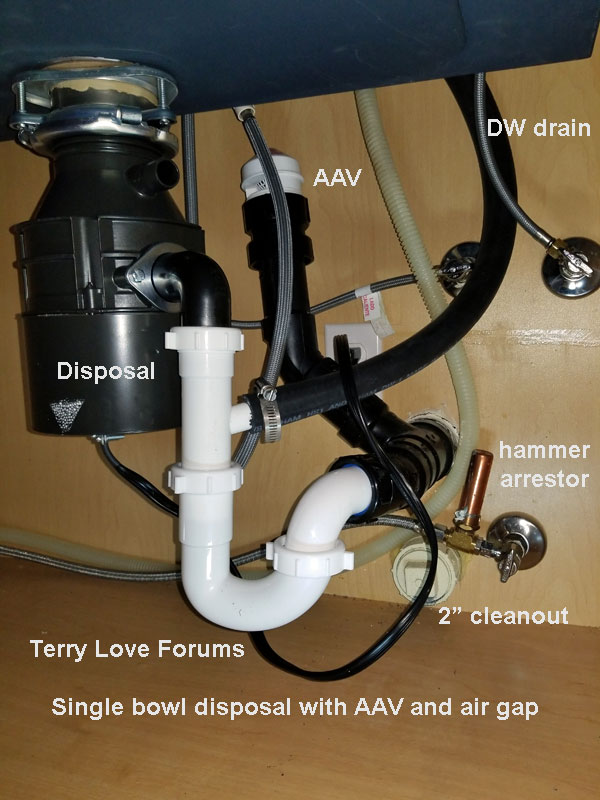






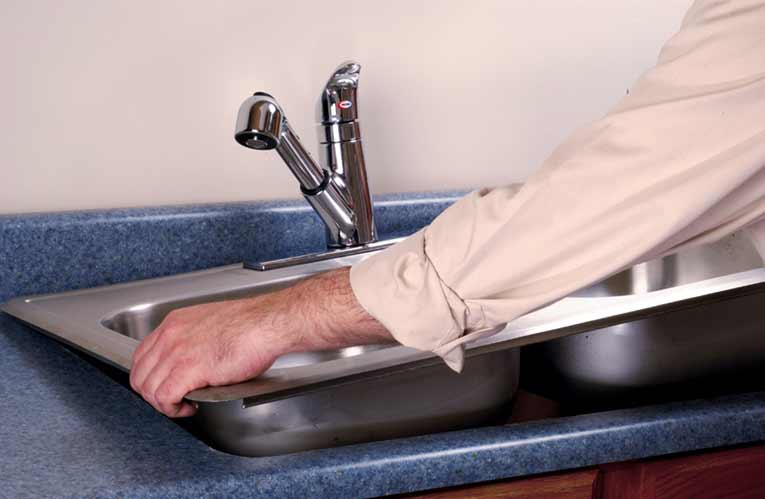
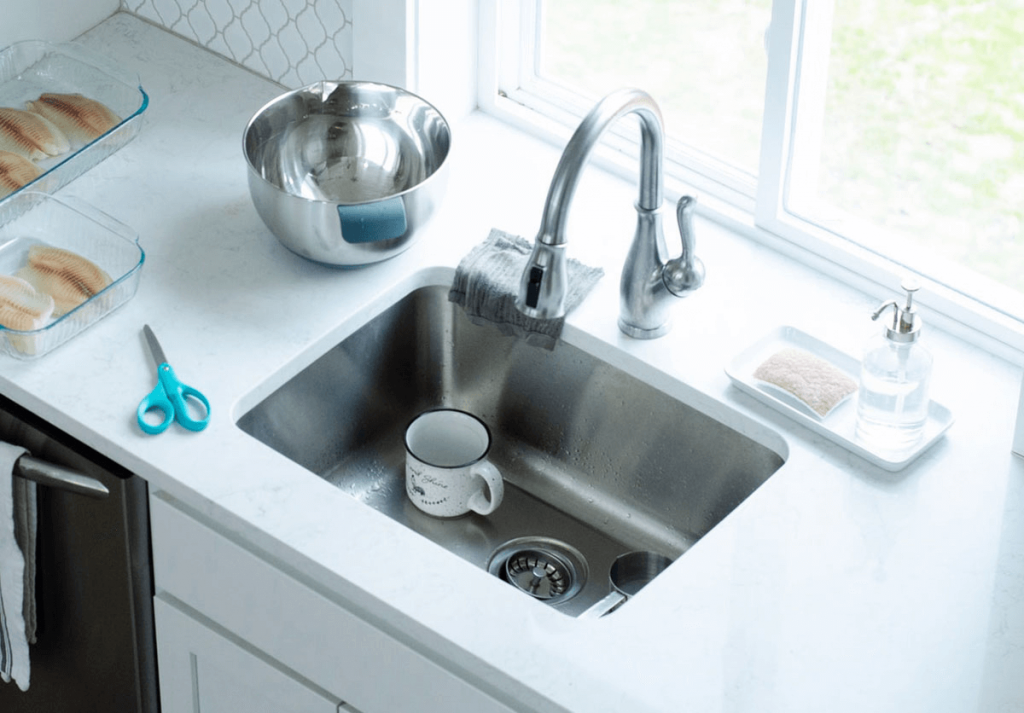
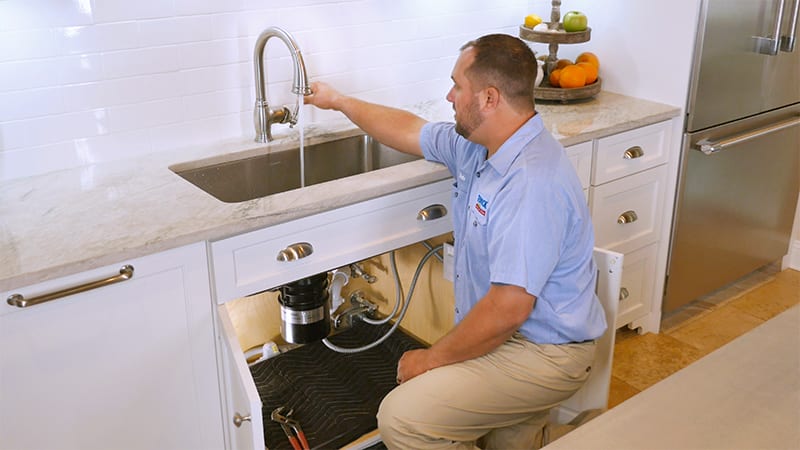

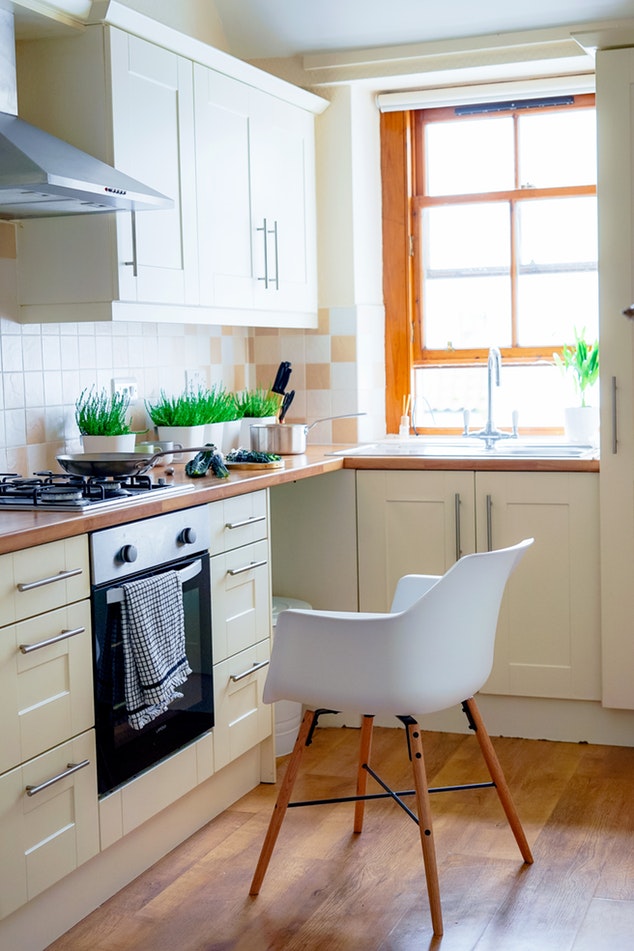


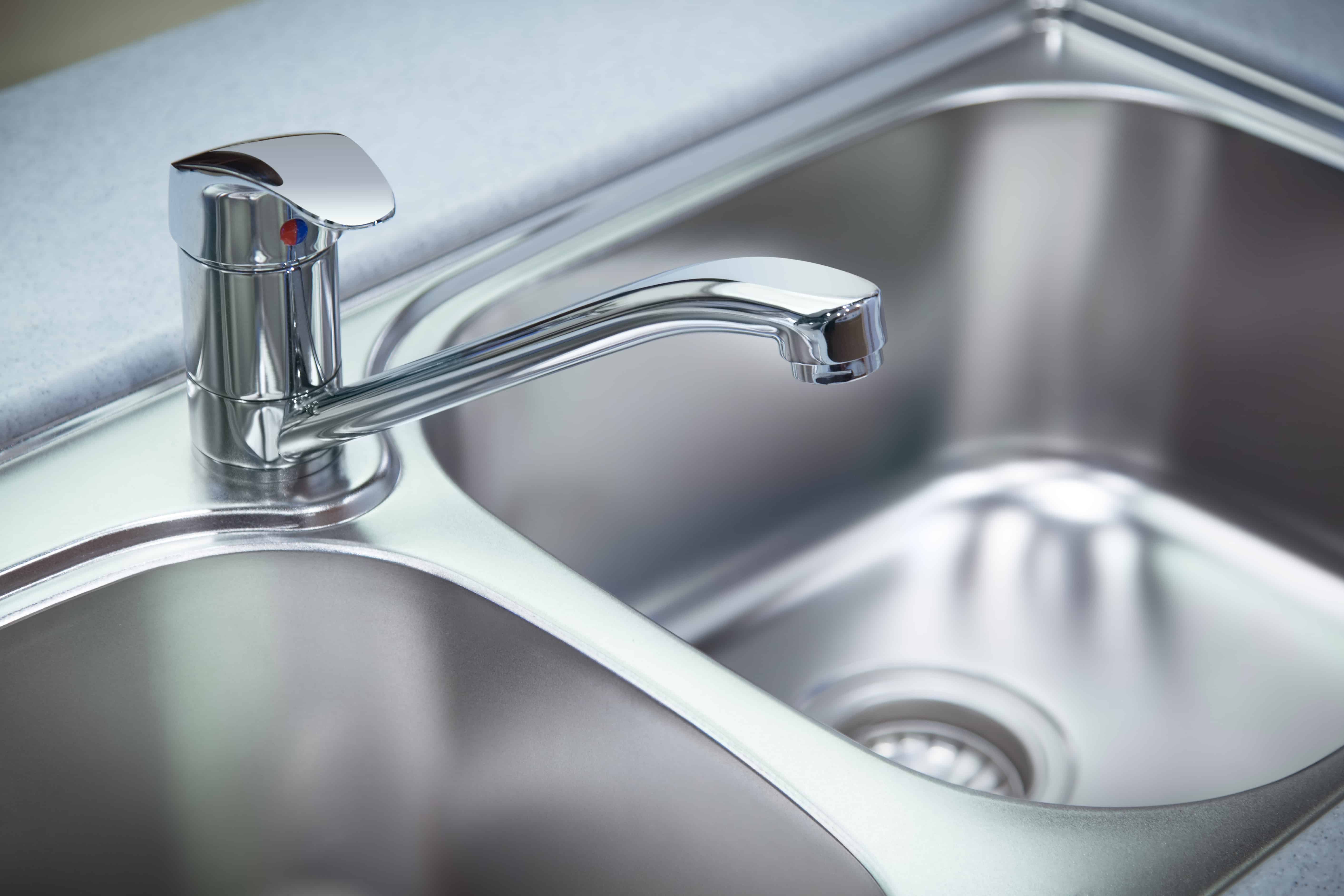






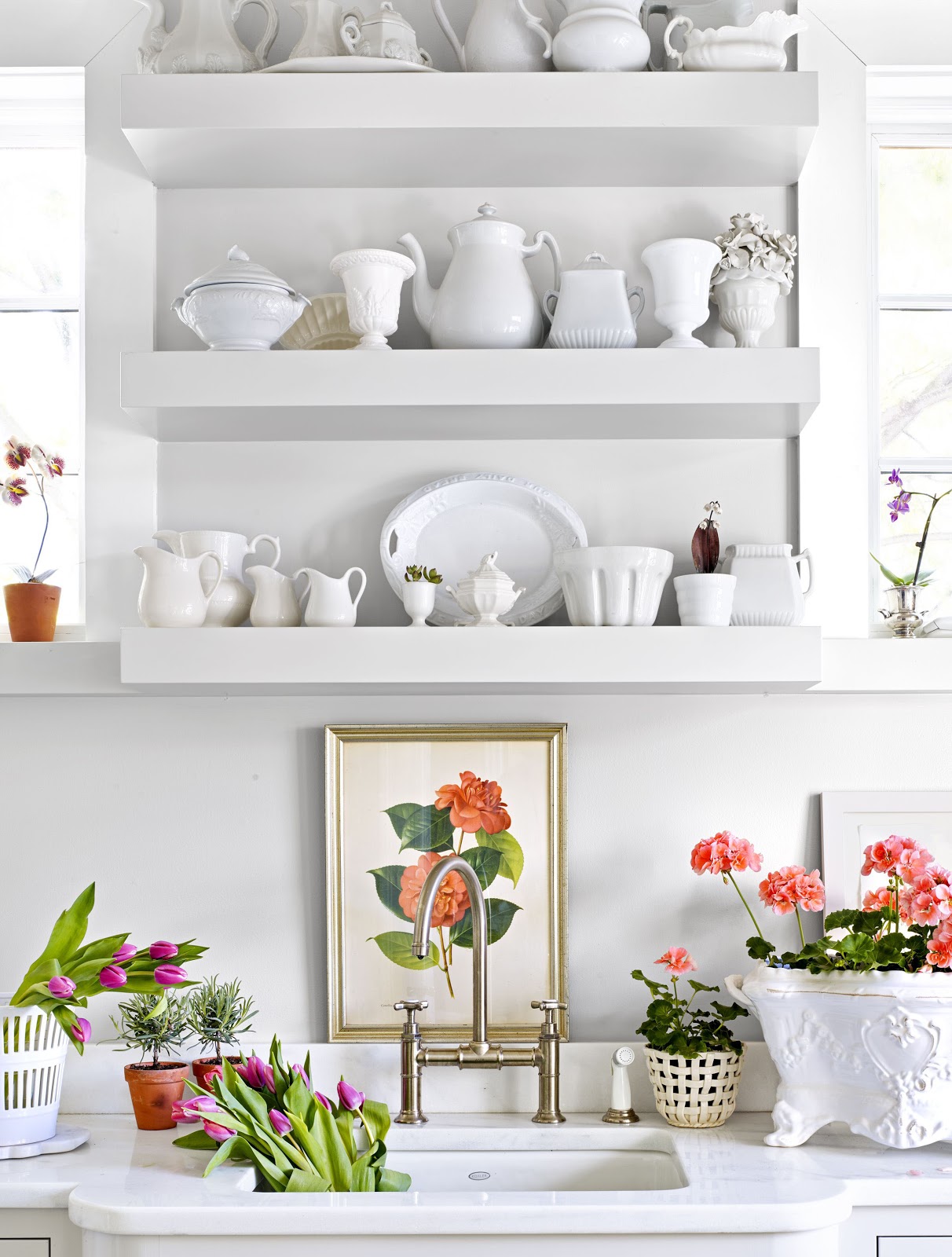
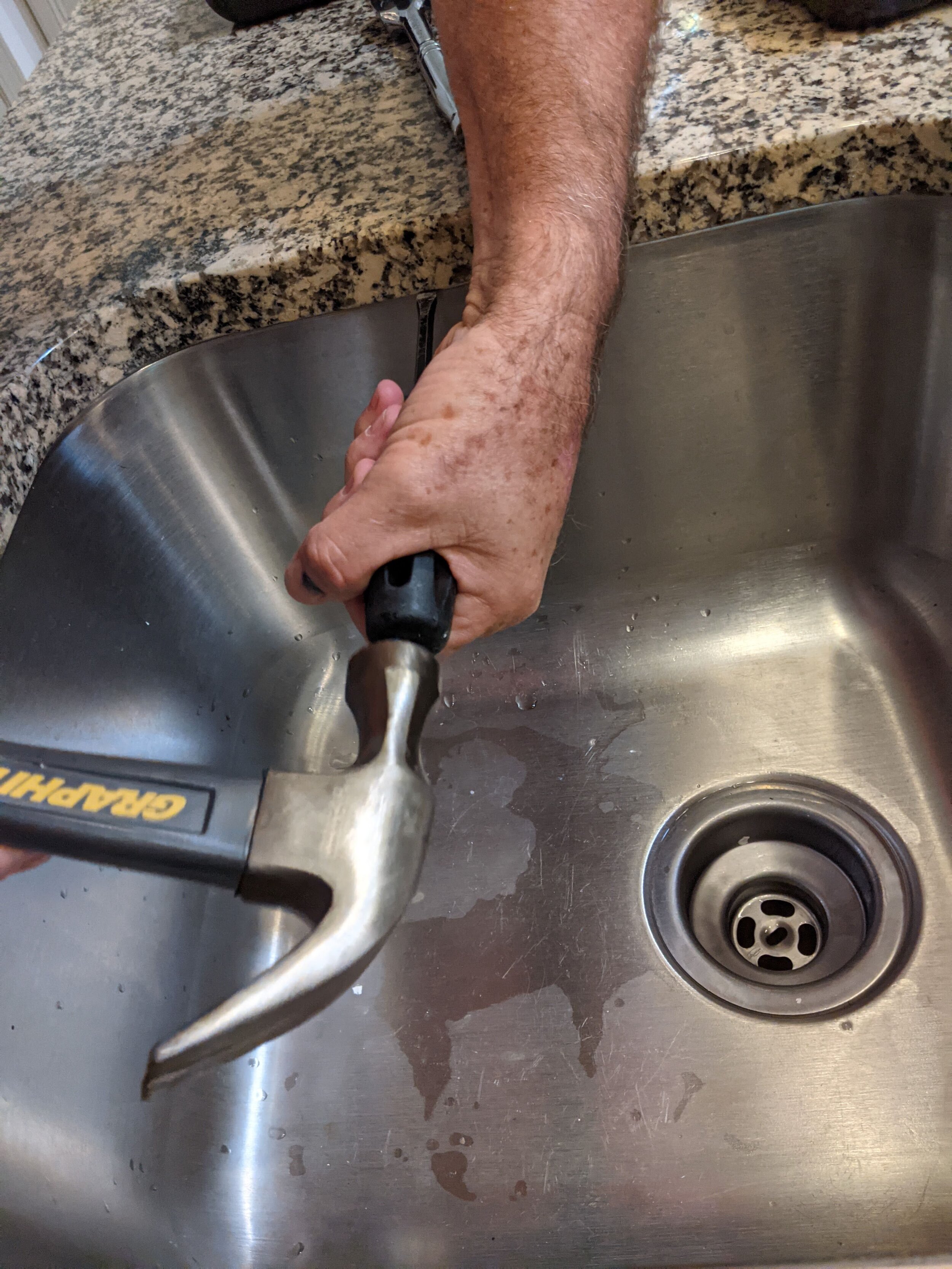




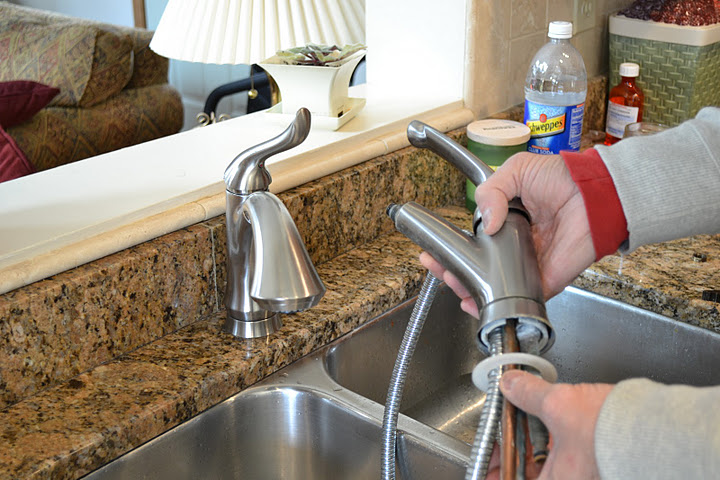


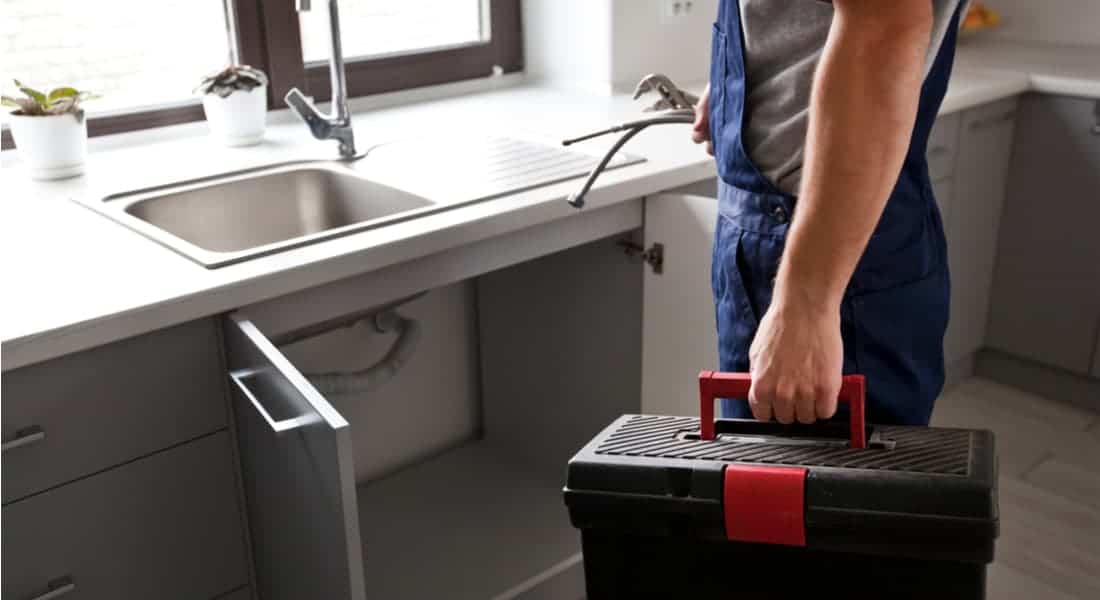
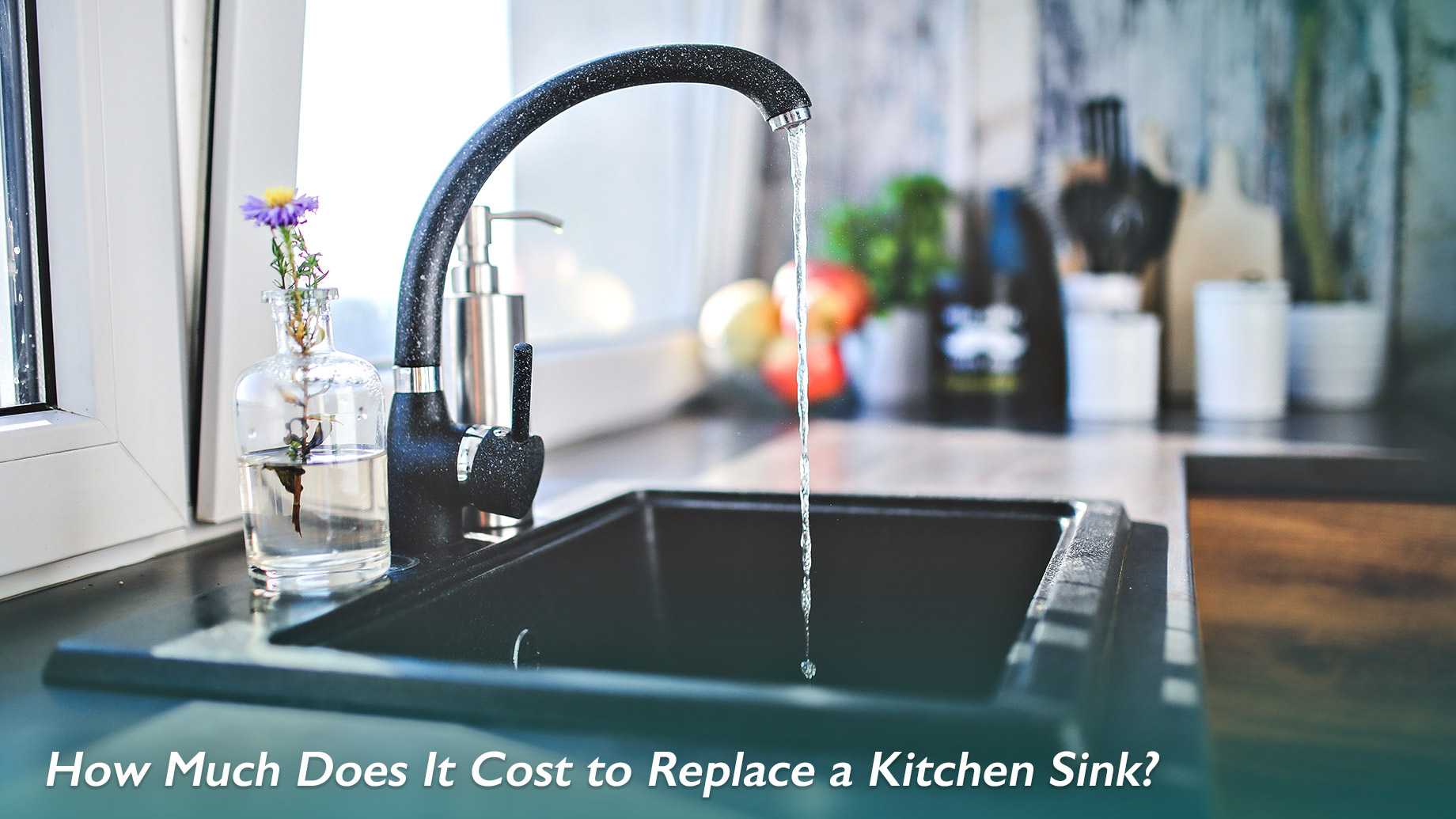

/25089301983_c5145fe85d_o-58418ef15f9b5851e5f392b5.jpg)




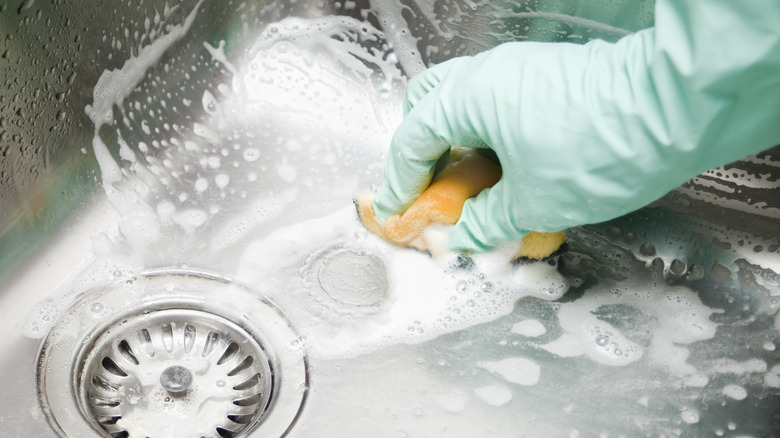





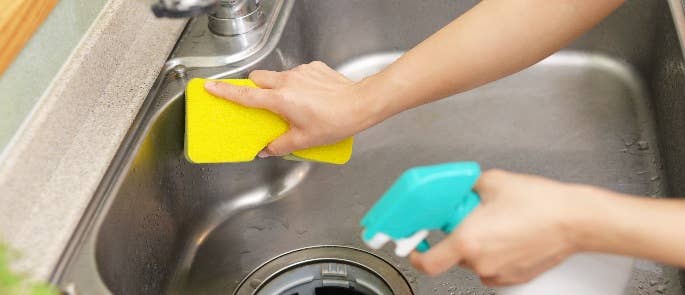





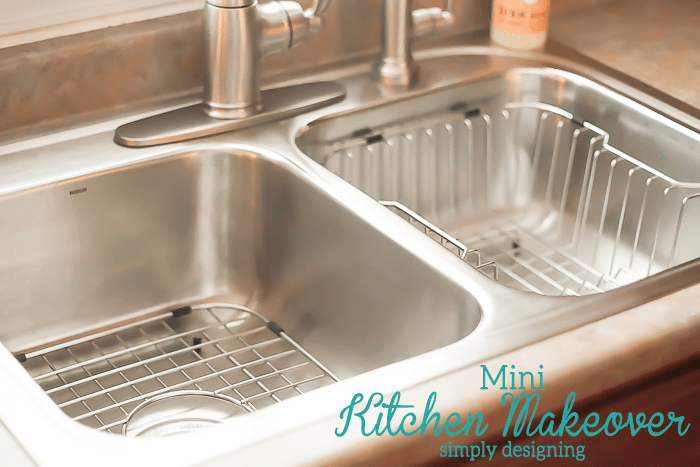

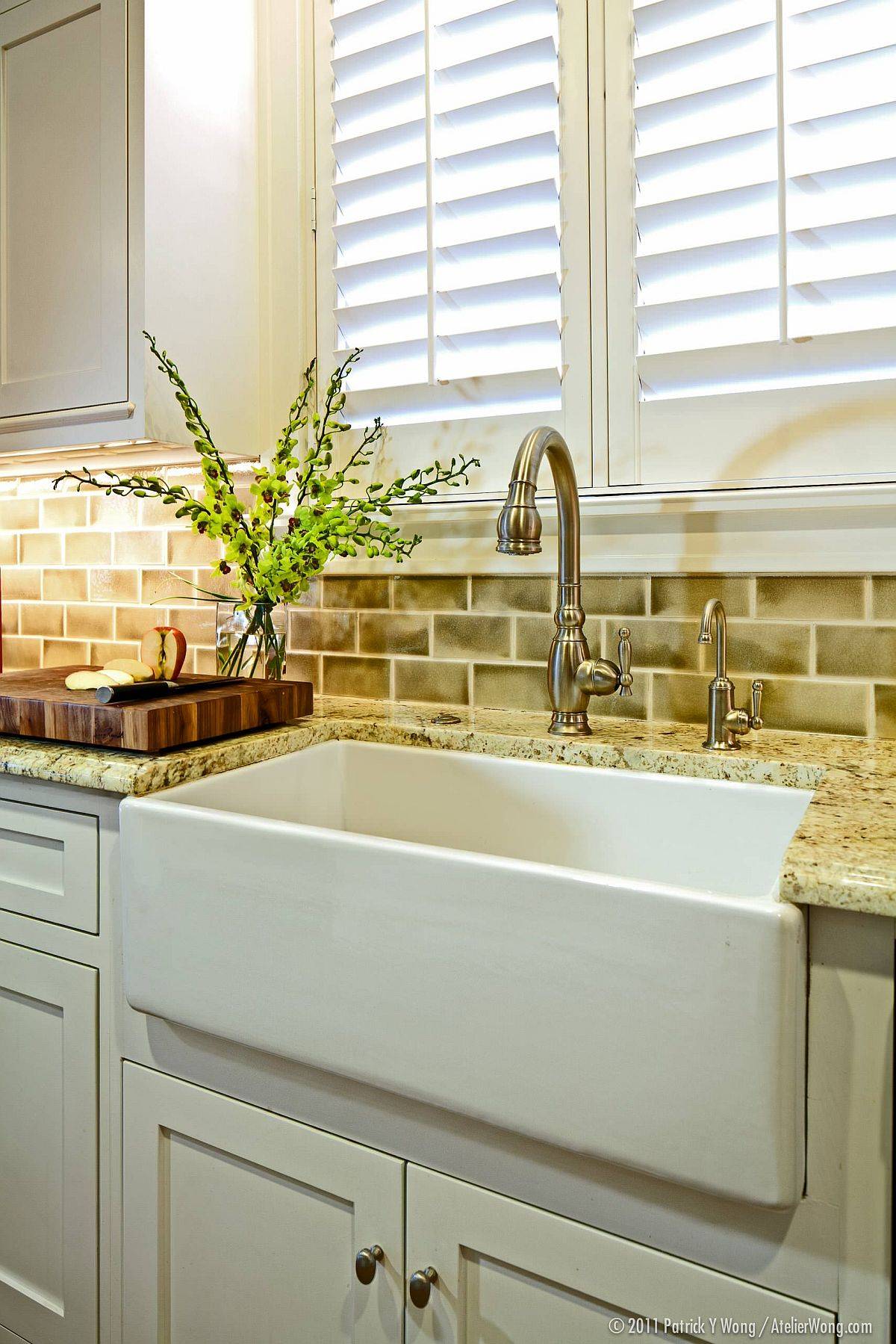

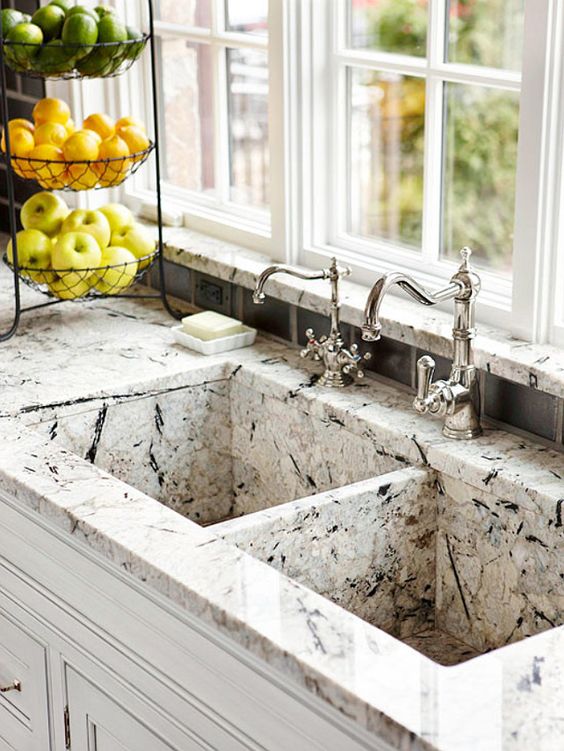



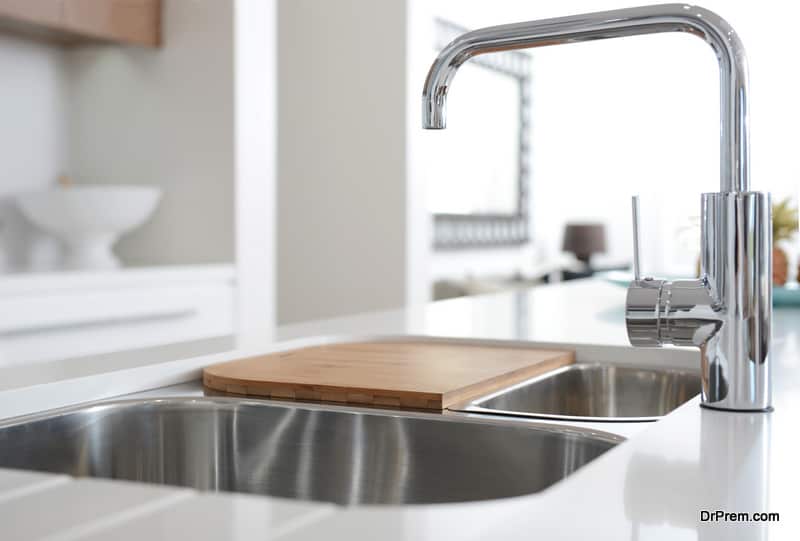
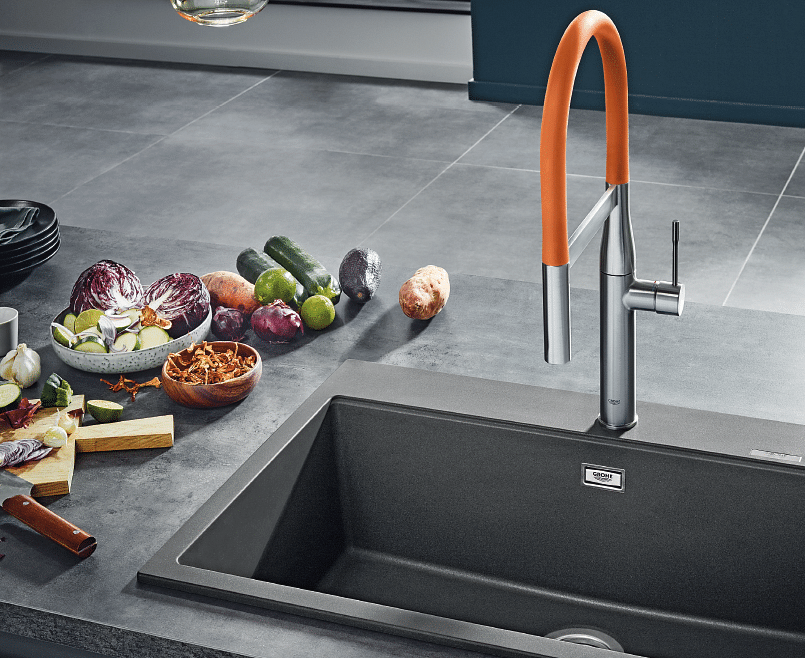
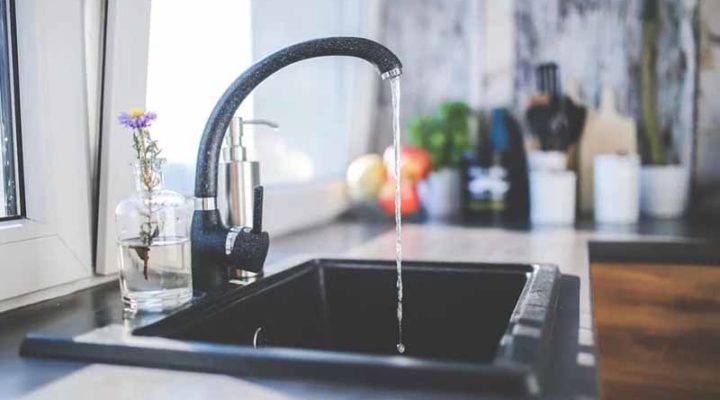
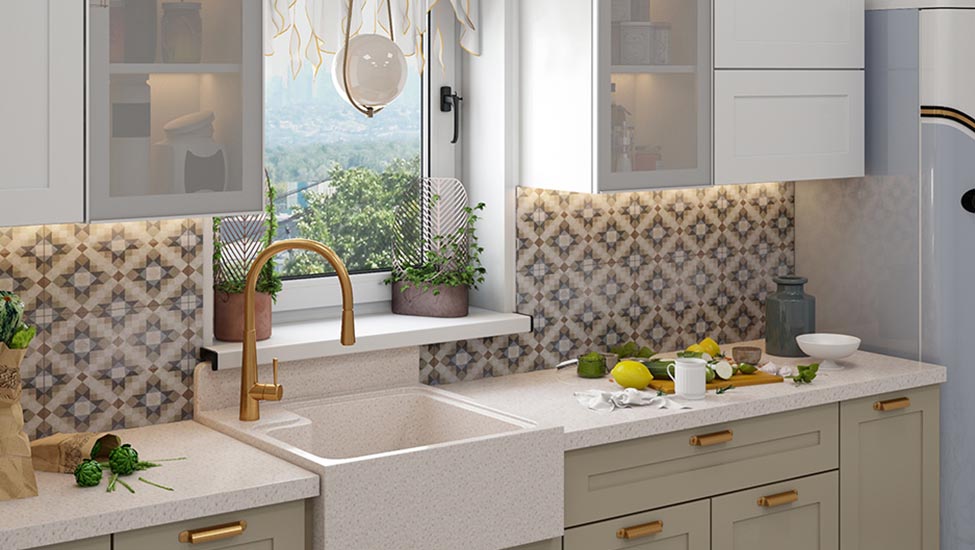
:max_bytes(150000):strip_icc()/Basic-kitchen-sink-types-1821207_color_rev-0b539306b9ef4236a136624ad2a89a4c.jpg)









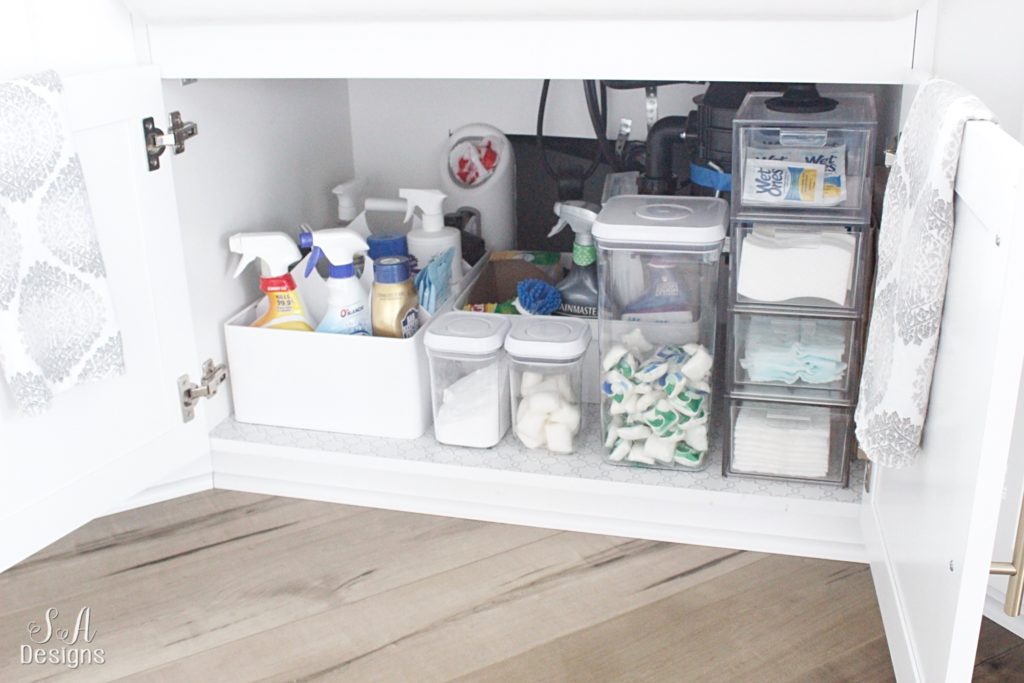







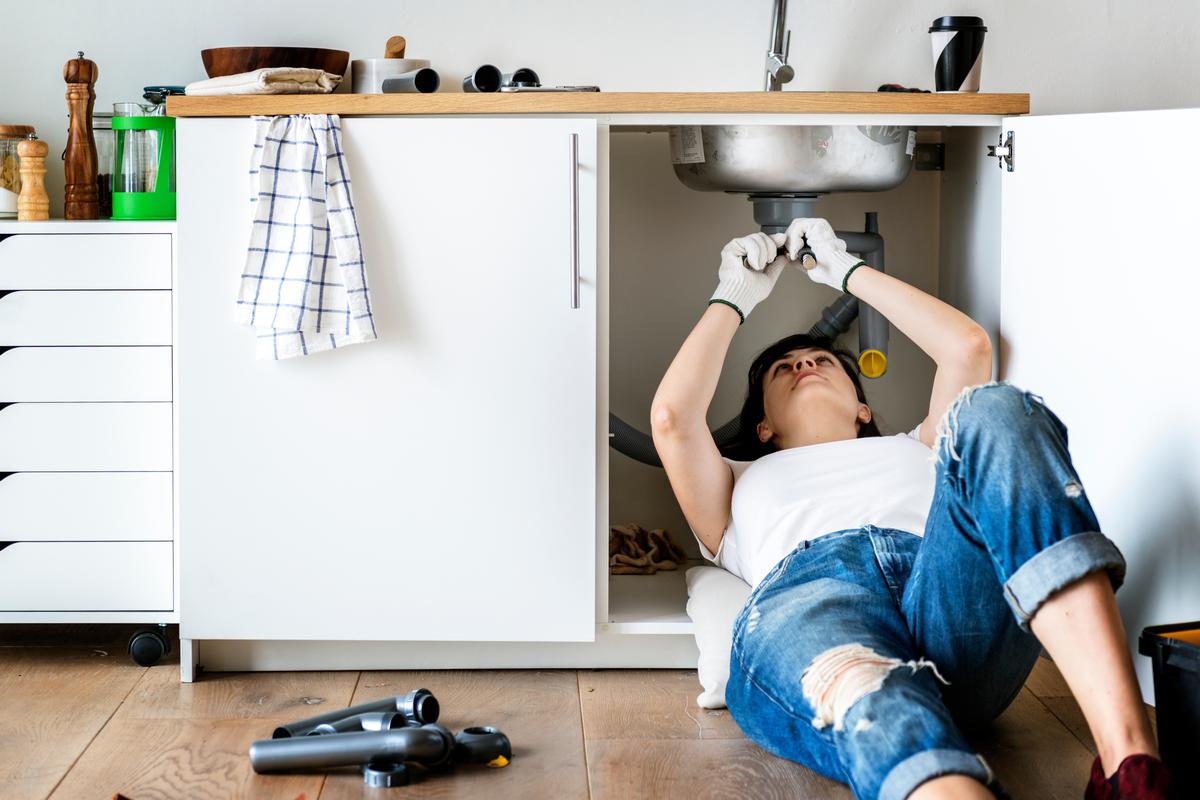

/various-jars-by-sink-in-kitchen-at-home-678911665-5a766bdf119fa800373bc97b.jpg)


